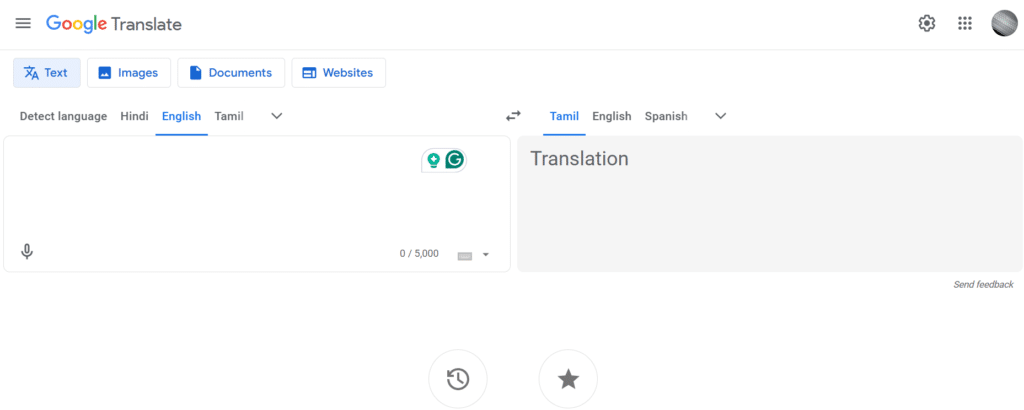Google Translate adds 110 new languages, including Indian dialects Tulu, Marwadi, Awadhi, Khasi, Santali, and Kokborok, expanding to 243 languages.
In a groundbreaking move, Google has announced the largest-ever language expansion of its translation product, Google Translate, adding support for 110 new languages, including several Indian languages such as Tulu, Marwadi, Awadhi, Khasi, Santali, and Kokborok. With this massive update, our language tally has skyrocketed to 243, up from 133 – a staggering 110 language jump!
You Must Know: The Impact of This Update
With this expansion, Google Translate now supports languages spoken by over 614 million people, approximately 8% of the world’s population. As a result, individuals worldwide will no longer be limited by their linguistic or cultural backgrounds; they’ll be free to build lasting relationships that span the globe.
The Power of PaLM 2: Unlocking Language Barriers
Google’s language expansion is powered by PaLM 2, a large language model that enables the company to add support for new languages at an unprecedented scale. Thanks to this technological leap, Google can now languages that were once forced to the periphery, recognizing the diversity that exists beyond borders.
The Indian Connection: Bringing languages to life, one region at a time.
With the addition of languages like Tulu, Marwadi, Awadhi, Khasi, Santali, and Kokborok, we’re sending a strong message: regional languages matter. This inclusive approach will have a profound impact on promoting linguistic diversity across the country. These languages, spoken by millions of people across India, will now have a platform to connect with the global community.
A Quarter of the New Languages Come from Africa
About a quarter of the new languages added to Google Translate come from Africa, including Fon, Kikongo, Luo, Ga, Swati, Venda, and Wolof. Imagine a continent where people from different linguistic backgrounds can connect seamlessly, fostering a new era of cooperation and development – this latest initiative promises to make that vision a reality.
The Future of Language Translation: Prioritizing Regional Varieties and Dialects
According to Google, the company considers various factors, including regional varieties, dialects, and different spelling standards, while adding support for new languages on its translation product. This approach zeroes in on the particularities of each language, creating a translation tool that’s perfectly in sync with the community’s needs.
A Commitment to Linguistic Diversity: Google’s Ambitions
In 2022, Google announced its ambitions to build artificial intelligence models that will support the 1,000 most spoken languages across the world. This update brings the company a major step forward in its mission to foster a global language community, shattering the barriers that separate us.
Charting a Course for What’s to Come Adding Support for More Language Varieties and Spelling Conventions
Google’s linguists are hard at work, leveraging tech improvements to get voice support for more languages and writing styles – a direct result of their collaborative efforts with native speakers. Suddenly, the constraints of language barriers disappear, and a world of possibilities unfolds – global communication and collaboration become a tangible reality.
You Must Do: Did you know you can now harness the power of real-time language translation with Google Translate’s expanded offerings?
Stay connected globally with Google Translate’s fresh updates, available now on the web and through mobile apps on Android and iOS. Now it’s your turn to discover the thrill of communication without borders – give these new languages a spin and see what they can do for you!
Global conversation just got a whole lot easier thanks to Google Translate’s latest innovations, shredding language obstacles in the process. Just when language limitations seemed like an insurmountable hurdle, the company’s initiative to inject 110 fresh languages has shifted the paradigm, affording opportunities for communication unfettered by geographical constraints, with regional Indian dialects prominently featuring. The Age of Connection demands we amp up our language translation and cultural insight – it’s the only way to stay ahead of the curve.

